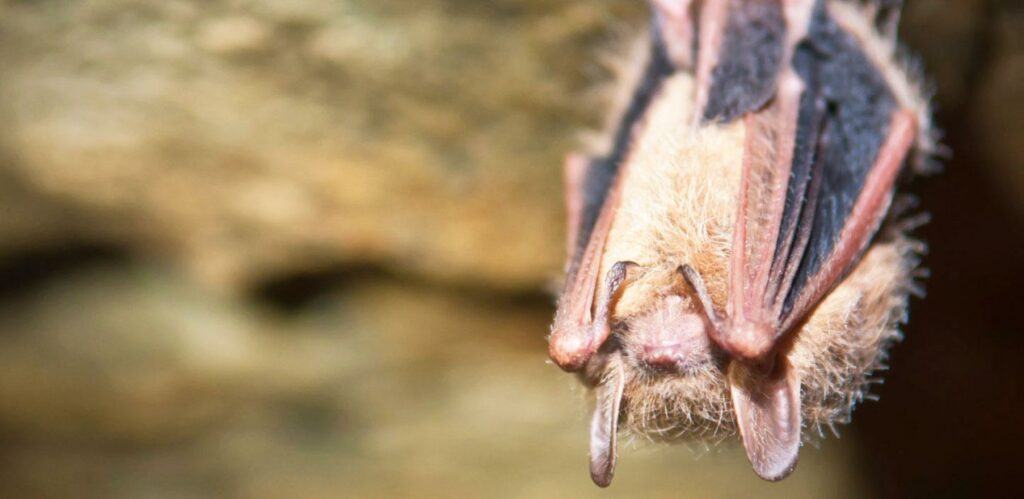Bats are among the most misunderstood creatures in nature. They are essential to our ecosystem’s health and economy, despite being sometimes feared and detested. Did you ever wonder how bats help large-scale farming?
Bats can consume enough insects and pests to prevent agricultural damage and pesticide use, costing the US agriculture industry over $1 billion annually.
How Are Bats Relevant to the Agriculture Industry?
Bats are crucial for seed dispersal, plant pollination, and pest control. According to recent research, the United States maize sector alone would save more than $1 billion yearly in crop damage and chemical expenses if bats consumed enough bugs to prevent it. Bat-eating insect pests lead to more than $3 billion in annual savings across agricultural productivity.
While many bats consume insects, others rely on nectar and are vital pollinators for many plants, including agave, peaches, cloves, and bananas.
In actuality, the agave plant, a vital component of tequila, only receives pollination from bats.
The fruit serves as a third food source for bats, giving seed distribution an additional crucial ecological function.
Up to 95% of the seed distribution necessary for the early development of freshly destroyed rainforests can be attributed to fruit-eating bats. (Source: United States Fish and Wildlife Service)
Are Bats Endangered Animals?
Sadly, bat populations are dwindling all across the world. Because humans do not recognize the significance of bats in a healthy ecology, many bats are needlessly murdered. The requirement for winter protection during hibernation puts bats that hibernate in caves at a further disadvantage. Adverse effects of human activities include habitat destruction and interference with hibernation.
To make matters worse, since its discovery in 2006, a fungus known as white-nose syndrome has killed more than 5 million bats and spread alarmingly across North America. Because humans unintentionally carry the fungus on their shoes, clothing, or equipment, it can spread from bat to bat, cave to cave, and even cave to cave. Since numerous bats spend the winter hibernating in the same caverns, the fungus, once established, can completely wipe out a bat colony. (Source: United States Fish and Wildlife Service)
How are Authorities Managing Conservation Initiatives?
The US Fish and Wildlife Service collaborates with partners throughout the continent to conserve bats, discover cures to stop the development of white-nose disease, and increase awareness about how unique and endangered bats are. The Endangered Species Act now lists more than 15 bat species as nationally threatened, endangered, or up for consideration in the candidate or petition process.
Many bat species have not been thoroughly studied to establish their necessity for conservation. Biologists and researchers conduct surveys and use bands and transmitters to learn more about bats’ migrations, habitat, and lifespans.
One recent research revealed that more than 150 endangered Indiana bats were finding shelter in a single tree in Missouri throughout the summer. (Source: United States Fish and Wildlife Service)
